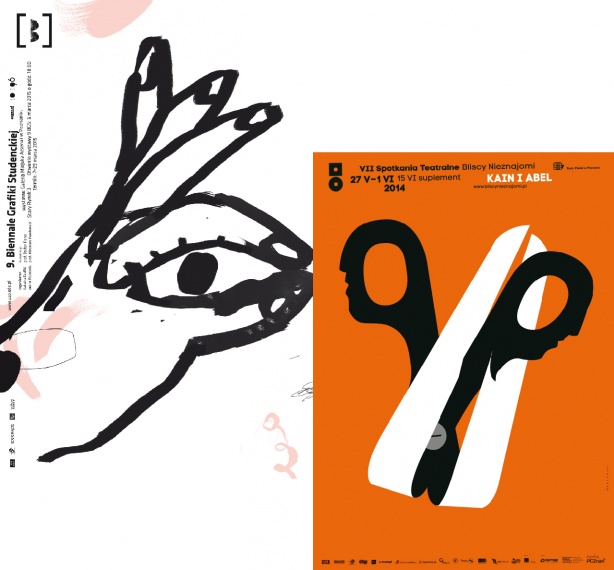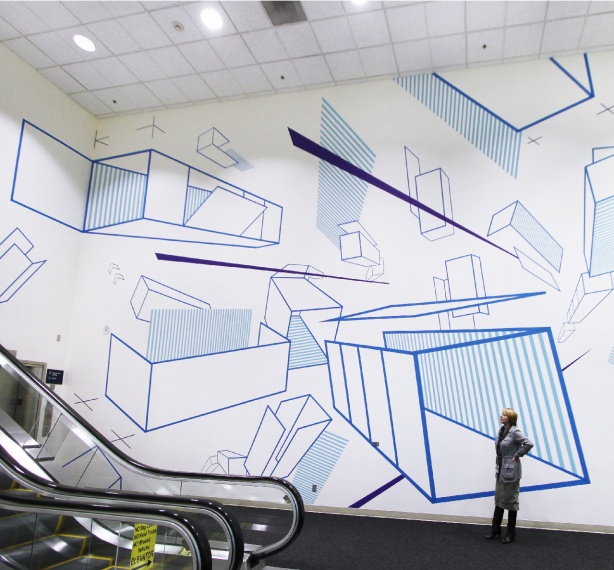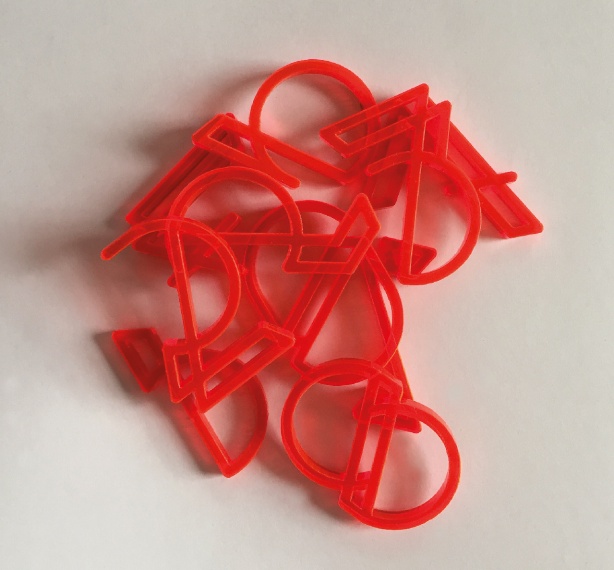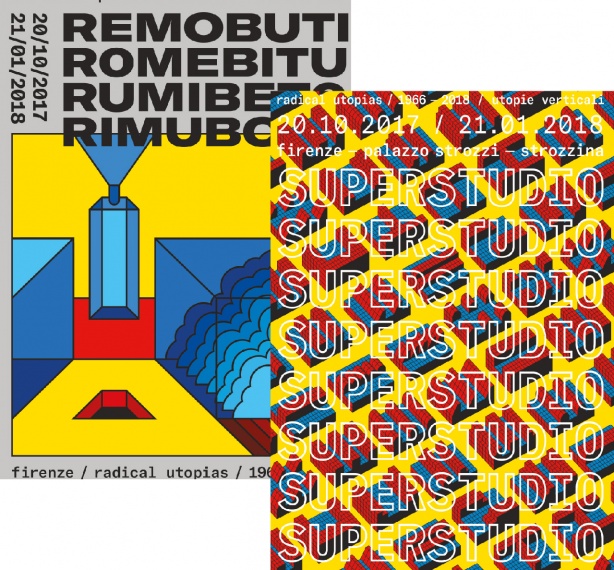Thinking on the Edge, the Corner and the Flap of the Box
If you’ve ever sat staring at a computer screen, bereft of inspiration, thinking not only outside the box but on its edge, its corner and its flap, desperate for a solution that is as innovative as it is practical, then join the club. You are a Design Thinker. And as such, all the rage.
From being a trendy buzz-phrase half-a-century ago, Design Thinking has become an important building block in industries as apparently far removed from the world of design as health-care, education and finance. But trying to pin down exactly what the concept consists of is as elusive as the process itself.
At this point then, let’s hand over to a couple of acknowledged experts in the field — Rikke Friis Dam of the Interaction Design Foundation and her collaborator, visual designer Teo Siang. Design Thinking, they say, is an “iterative process in which we seek to understand the user, challenge assumptions, and re-define problems in an attempt to identify alternative strategies and solutions that might not be instantly apparent with our initial level of understanding”.
You need “a deep interest in developing an understanding of the people for whom you’re designing the products or services”, in other words, empathy with the target user. The problem must be questioned, along with the assumptions and implications that flow from doing that. They make the point that problems are often ill-defined or unknown, but by re-framing them in “human-centric ways, creating many ideas in brainstorming sessions, and adopting a hands-on approach in prototyping and testing”, they can be identified and successfully tackled.
All variants of Design Thinking, they claim, stem from principles first outlined by Nobel Prize laureate Herbert Simon in The Sciences Of The Artificial in 1969. The five-phase model proposed by the Hasso-Plattner Institute of Design at Stanford University that they advocate is as follows: Empathise, Define, Ideate, Prototype an Test.
It is important to note, stress Dam and Siang, that the five phases are not always sequential. “They do not have to follow any specific order and can often occur in parallel and repeat iteratively. Given that, you should not understand the phases as a hierarchal or step-by-step process. Instead, you should look at it as an overview of the modes or phases that contribute to an innovative project, rather than sequential steps.”
This issue of SIGNED draws parallels between the worlds of design and sport, referencing cycling as an essentially solo activity. Many if not most of our chosen designer interviewees will never have practised the sport, but by thinking outside the box as well as on its edge, its corners and its flaps, we think we may have created some very interesting synergy.
Others

最新動態 | 1 September 2018
Celebrating Half-A-Century of Polish Poster Art

最新動態 | 1 September 2018
Loneliness of the Long-distance Cyclist/Solo Creator

最新動態 | 1 September 2018
Artist Interview - Bal Icme

最新動態 | 1 September 2018
Artist Interview - Damien Gilley

最新動態 | 1 September 2018
Artist Interview - Zach Johnson

最新動態 | 1 September 2018
The Versatility of an Application that isn’t an APP!

最新動態 | 1 September 2018
Artist Interview - Giga Kobidze

最新動態 | 1 September 2018
Artist Interview - Yann Sadi

最新動態 | 1 September 2018
Artist Interview - Mark Richardson

最新動態 | 1 September 2018
Artist Interview - Riccardo Sabatini
